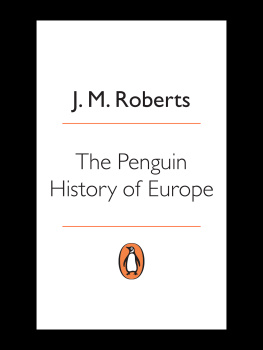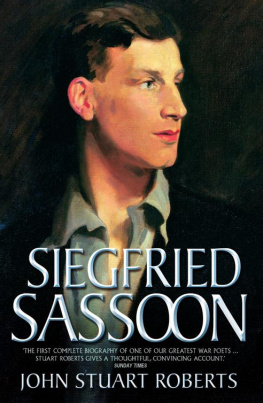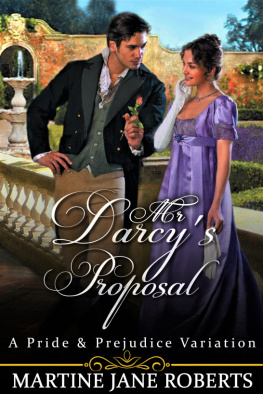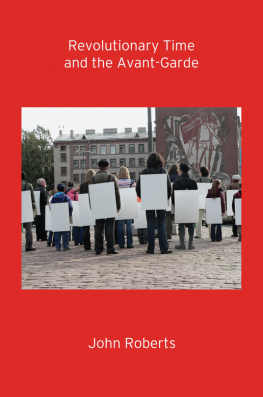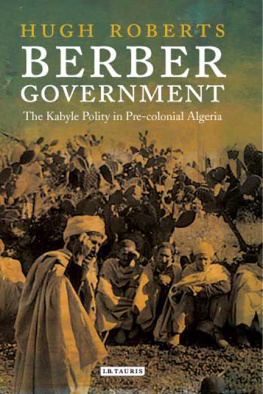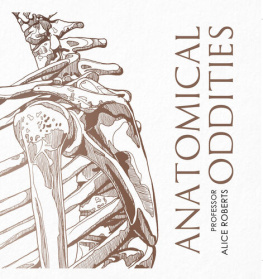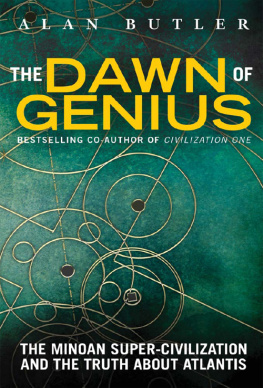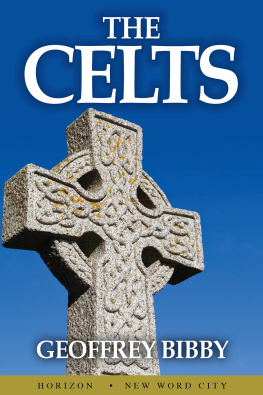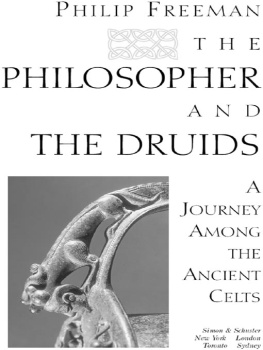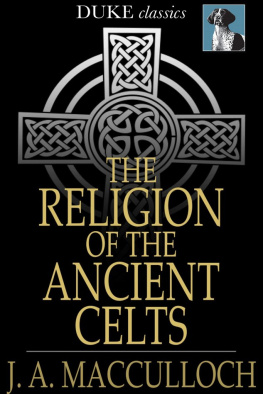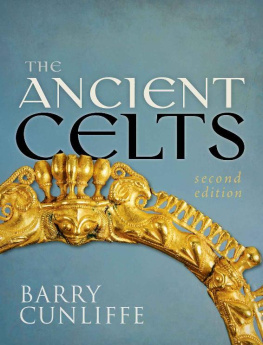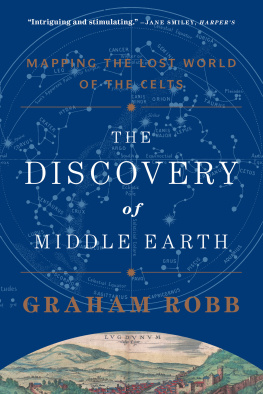Praise for Alice Roberts
Clear-spoken and enthusiastic Telegraph
The Celts are here and all around us, even today. The Romans might have tried to snuff them out, but the flames were not wholly extinguished. Alices book will make them easier to find Neil Oliver
She is a gift to broadcasting because she, like physicist Professor Brian Cox, is enthusiastic, easy on the eye and can explain complicated ideas with simplicity Radio Times
Robertss lightness of touch is joyous, and celebratory Observer
The biggest gap in biology is that between DNA (which is just chemistry) and living creatures. Somewhere, the answer must reside in the embryo and in this book Alice Roberts has set out to find it. With wit and enthusiasm, she succeeds Steve Jones Geneticist and author of The Single Helix
Alice Roberts is our preeminent science storyteller Adam Rutherford Geneticist, broadcaster and author of Creation
Televisions top osteoarchaeologist Mirror
About the Author
Alice Roberts is an anthropologist, osteoarchaeologist broadcaster, author and Professor at the University of Birmingham. She has presented Coast , The Incredible Human Journey and Digging for Britain on BBC2, and appeared as an expert on Time Team . She writes a regular column for the Observer and is passionate about various aspects of anthropology including human health, evolution and history. Her previous book The Incredible Unlikeliness of Being was shortlisted for the Wellcome Book Prize. She lives in the West Country with her husband, two children and a large variety of spiders.
Also by Alice Roberts
The Incredible Unlikeliness of Being: Evolution and the Making of Us
Evolution: The Human Story
The Incredible Human Journey
The Complete Human Body
Dont Die Young: An Anatomists Guide to Organs and Your Health

First published in Great Britain in 2015 by Heron Books
an imprint of
Quercus Publishing Ltd
Carmelite House
50 Victoria Embankment
London EC4Y 0DZ
An Hachette UK Company
Copyright 2015 Alice Roberts
Published by arrangement with the BBC.
The BBC logo is a trademark of the British Broadcasting Corporation
and is used under licence. BBC logo BBC 1996
Map illustrations 2015 Jamie Whyte
Chapter title illustrations Victor Ambrus
Images BBC and Alice Roberts unless otherwise stated
The moral right of Alice Roberts to be
identified as the author of this work has been
asserted in accordance with the Copyright, Designs and Patents Act, 1988.
All rights reserved. No part of this publication
may be reproduced or transmitted in any form
or by any means, electronic or mechanical,
including photocopy, recording, or any
information storage and retrieval system,
without permission in writing from the publisher.
A CIP catalogue record for this book is available
from the British Library
HB ISBN 978 1 78429 332 1
EBOOK ISBN 978 1 78429 334 5
Every effort has been made to contact copyright holders.
However, the publishers will be glad to rectify in future editions
any inadvertent omissions brought to their attention.
Quercus Editions Ltd hereby exclude all liability to the extent permitted
by law for any errors or omissions in this book and for any loss, damage
or expense (whether direct or indirect) suffered by a third party relying on
any information contained in this book.
10 9 8 7 6 5 4 3 2 1
Typeset by Hewer Text UK Ltd, Edinburgh
Printed and bound in Great Britain by Clays Ltd, St Ives, plc
The ocean is in flood, the sea is full, delightful
is the home of ships,
The wind whirls the sand around the estuary,
Swiftly the rudder cleaves the broad sea.
Extract from an early Celtic poem
Song of the Sea
Contents
Celtic Timeline
BC
| 4500 | Approximate beginning of the Neolithic in Britain, with farming adopted alongside hunting and gathering, and the first pottery |
| 3200 | Approximate beginning of the Bronze Age in Europe, with metalworking in the Aegean; earliest writing appears in the form of pictograms |
| 2500 | Approximate beginning of Bronze Age in Britain and Ireland |
| 2300 | Amesbury archer buried near Stonehenge |
| 2200 | Completion of Stonehenge (approx.) |
| 2000 | Domestication of the horse (approx.) |
| 1800 | First large-scale copper mines dug in Britain |
| 18001500 | Early precursors of alphabetic script appear in Bronze Age inscriptions in Egypt and Palestine |
| 1500 | Metal hoards appear in Britain and Ireland |
| 1400 | Gold bar torcs originate in Ireland |
| 1300 | Approximate beginning of Urnfield culture in central Europe |
| 1200 | Phoenician alphabet develops |
| 1200 | Iron production starts in Anatolia |
| 12001150 | Late Bronze Age collapse in the Eastern Mediterranean region. This is also the period which forms the setting of the Iliad and the Odyssey epic poems, written down some four centuries later |
| 12001000 | Bronze Ballintober swords manufactured in the British Isles |
| 1100 | Increasing use of iron across Europe |
| Approximate date for the composition of the Iliad and the Odyssey |
| Approximate date of the transition from Bronze to Iron Age in central and western Europe; gradual phasing in of the use of iron between 800 and 500 BC in the British Isles |
| Traditional date for the founding of Rome |
| Urnfield culture replaced by Hallstatt culture (approx.) |
| Greek script develops from Phoenician script |
| 700600 | Earliest Tartessian inscriptions in southwest Portugal |
| 700600 | Etruscans and Greeks establish trading posts in Mediterranean including Greek colony of Massalia |
| Land along the Danube becomes increasingly heavily farmed with irrigation channels dug in the area of Heuneburg |
| Mud-brick walls built at Heuneburg |
| Bettelbhl Princess buried |
| Destruction of the mud-brick walls at Heuneburg |
| 530500 | Hecataeus of Miletus pens his Periegesis highlighting the Celtic cities of the Mediterranean |
| Transition from Halstatt to La Tne culture in central Europe |
| 500400 | Glauberg Prince burial |
| 499449 | Persian wars with the Greeks |


